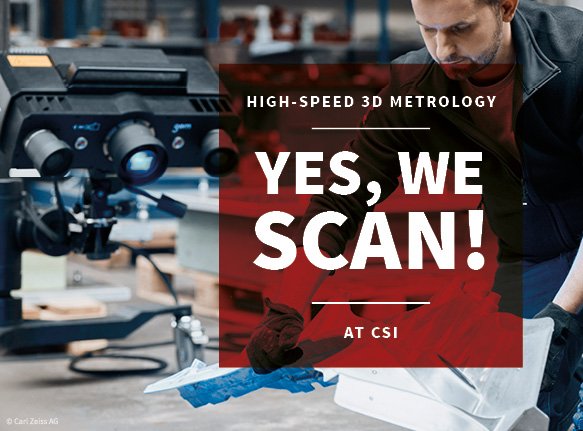The ‘NaMiKo Smart’, a cellulose fibre centre console for automobiles, represents a second radical innovation within three years, following hot on the heels of the #ULBS ultra-lightweight seat. While development of the ultra-lightweight seat was all about maximising savings in terms of materials and weight, the NaMiKo Smart additionally emphasises the use of sustainable materials and the development of process technologies that are suitable for series production.
The three-year NaMiKo project is funded by the Federal Ministry for Economic Affairs and Climate Action within the scope of the ‘Technologietransfer-Programm Leichtbau’ (technology transfer programme for lightweight construction). Together with our project partners Automotive Management Consulting GmbH (AMC), BMW M GmbH and the German Institutes of Textile and Fiber Research (DITF), we have spent the last seven months answering the question: How can sustainable materials and innovative technologies be used to create a centre console that combines business potential with climate action and resource and energy efficiency? And subsequently, could this promote further innovation in one of Germany’s most important key industries: lightweight construction? For our first interim result, we presented a design demonstrator of the centre console, an 800 g lightweight structure, at AMC’s LIGHTWEIGHT DESIGN SYMPOSIUM in April.
Expertise, the most critical raw material of the future
What’s most apparent about the NaMiKo Smart is its sculpted form, which is made entirely from renewable plant fibres such as rayon and flax. However, using alternative raw materials alone is not enough to position yourself as ‘sustainable’ and survive in the market today. Rather, it is essential to ensure that the materials also meet the highest demands and that they can be efficiently processed in series production, as in the case of our proof of concept, a triathlon bike armrest made of basalt, a volcanic rock, which we realised in collaboration with AMC.
This brings us to a distinctive feature of the NaMiKo Smart: the manufacturing process. As with the #ULBS ultra-lightweight seat, it is the ultralight, additive- and waste-free ‘xFK in 3D’ in the NaMiKo Smart that provides us with completely new design options and, thus, the potential to improve the environmental impact. This is a highly flexible, malleable, cost-effective and resource-efficient fibre composite that is used to coat structural components. Its application involves placing the fibres specifically in the direction of the force and load paths, which provides enormous potential to save material, energy and CO2.
Resource-efficient development at every stage and at all levels
The results we obtained by front-loading played a decisive role in selecting both the materials to be used and the appropriate production processes, enabling the weakest links in the process chain in terms of sustainability to be identified, considered and eliminated at the earliest possible. Indeed, the more precisely a project is planned and analysed at an early stage, the better and more cost effective the result. In the case of the NaMiKo Smart, a central element in the front-loading was the sustainability value analysis conducted by the AMC team. This innovative AMC management tool enables ecological and economic sustainability criteria to be balanced before development actually starts.
Once development was given the green light, our digital process chain kicked in—just like in the case of the ultra-lightweight seat—contributing decisively to the NaMiKo Smart being a thoroughly sustainable development. This is because every step of the development, from design concept and the actual design to calculation and simulation, is purely digital, meaning that there was no need to build prototypes until right at the end, thus minimising resource use. The maturity of our digital process chain is demonstrated by the fact that the hardware tests are now almost 100% in agreement with the digital calculations. And this is not only evident in the case of the NaMiKo Smart, but naturally also in the case of projects that we realise for our customers.
The next step:
from research to series production
While the first seven months were all about drafting a concept for the NaMiKo Smart, the next two and a half years will be used to iron out the details, optimise processes, procedures and material combinations, and industrialise the centre console. This will include investigating how a software-based coating plan can be used to achieve fully automated coating and an attractive surface finish in the subsequent pressing of the coated structure. It will also include refining the calculation and simulation processes, developing tools with our project partners and additionally integrating e-textiles into the centre console.
“So there are still some challenges ahead,” says Kay-Markus Wulf, our project manager for the NaMiKo Smart. “But when you consider what has been created in the last seven months, I am sure that the result we will present in August 2024 will be another beacon in the history of sustainable lightweight construction. And we will jump through hoops for that.”




















